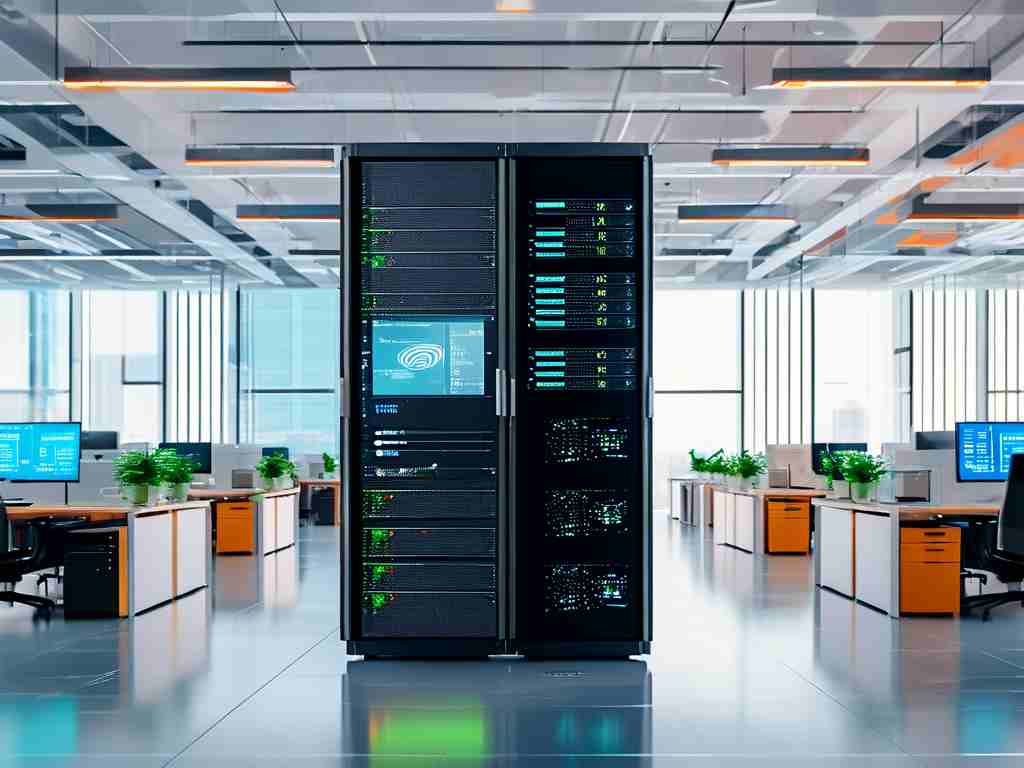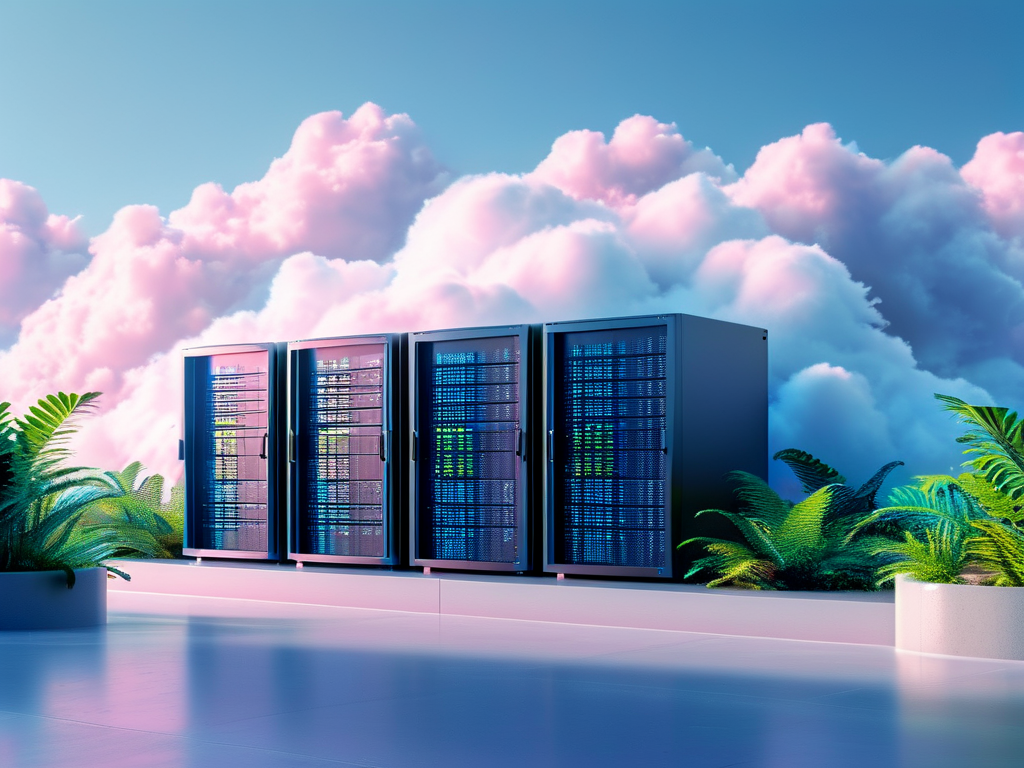In the rapidly evolving landscape of cloud computing, Huawei Cloud Container Engine (CCE) has emerged as a pivotal platform for managing containerized applications. One of its standout features is its robust support for automated deployment, a capability that streamlines workflows and reduces operational overhead. This article explores the methodologies, tools, and best practices for leveraging automation within Huawei CCE, offering actionable insights for IT teams aiming to optimize their cloud infrastructure.

The Role of Automation in Huawei CCE
Automation in Huawei CCE revolves around minimizing manual intervention in deploying, scaling, and managing container clusters. By integrating tools like Kubernetes orchestration, DevOps pipelines, and Infrastructure-as-Code (IaC) frameworks, organizations can achieve consistent and error-free deployments. For instance, using Terraform or Huawei’s native Resource Template Service (RTS), teams can define infrastructure configurations in YAML or JSON files, enabling repeatable and version-controlled setups.
A practical example involves deploying a microservices-based application. Instead of manually configuring each container, engineers can write declarative scripts to automate resource allocation, network policies, and load balancing. Below is a simplified Terraform snippet for provisioning a CCE cluster:
resource "huaweicloud_cce_cluster" "prod_cluster" {
name = "prod-cce-cluster"
flavor_id = "cce.s1.small"
vpc_id = var.vpc_id
subnet_id = var.subnet_id
container_network_type = "overlay_l2"
}
This code defines a cluster with specific networking parameters, ensuring uniformity across environments.
Key Tools and Integrations
Huawei CCE’s automation ecosystem supports third-party tools like Ansible, Jenkins, and Helm. For continuous integration and delivery (CI/CD), Jenkins pipelines can be configured to trigger automatic deployments upon code commits. Helm charts further simplify Kubernetes application management by templating resource definitions.
Additionally, Huawei’s Cloud Container Instance (CCI) complements CCE by enabling serverless container execution. Teams can automate scaling policies based on CPU or memory metrics, ensuring cost-efficiency during traffic spikes. For example, a Horizontal Pod Autoscaler (HPA) configuration in Kubernetes might look like this:
apiVersion: autoscaling/v2beta2
kind: HorizontalPodAutoscaler
metadata:
name: web-app-hpa
spec:
scaleTargetRef:
apiVersion: apps/v1
kind: Deployment
name: web-app
minReplicas: 2
maxReplicas: 10
metrics:
- type: Resource
resource:
name: cpu
target:
type: Utilization
averageUtilization: 80
This configuration automatically adjusts replica counts to maintain CPU utilization at 80%, optimizing resource usage.
Best Practices for Sustainable Automation
- Version Control Everything: Store IaC scripts, Helm charts, and pipeline configurations in Git repositories. This ensures traceability and rollback capabilities.
- Modularize Configurations: Break down deployment scripts into reusable modules. For example, separate network, storage, and application layers to simplify updates.
- Monitor and Audit: Use Huawei Cloud’s Application Operations Management (AOM) to track deployment metrics and audit logs. Proactively address anomalies like failed deployments or resource bottlenecks.
- Security Automation: Embed security checks into pipelines. Tools like Clair or Trivy can scan container images for vulnerabilities before deployment.
Real-World Use Case: E-Commerce Platform
A retail company migrated its monolithic e-commerce platform to Huawei CCE, adopting automation for zero-downtime deployments. By combining Jenkins pipelines, Helm charts, and CCE’s auto-scaling features, the team reduced deployment cycles from hours to minutes. During peak sales events, the system automatically scaled from 50 to 200 pods, handling a 300% traffic surge without manual intervention.
Overcoming Challenges
While automation offers immense benefits, challenges like script debugging and cross-team collaboration persist. Huawei’s documentation and community forums provide extensive resources, while tools like RTS’s visual editor help bridge the gap between developers and operations teams.
In , Huawei CCE’s automation capabilities empower organizations to achieve agility, scalability, and reliability in cloud deployments. By adopting a strategic mix of tools, practices, and continuous learning, teams can fully harness the potential of automated container orchestration.









